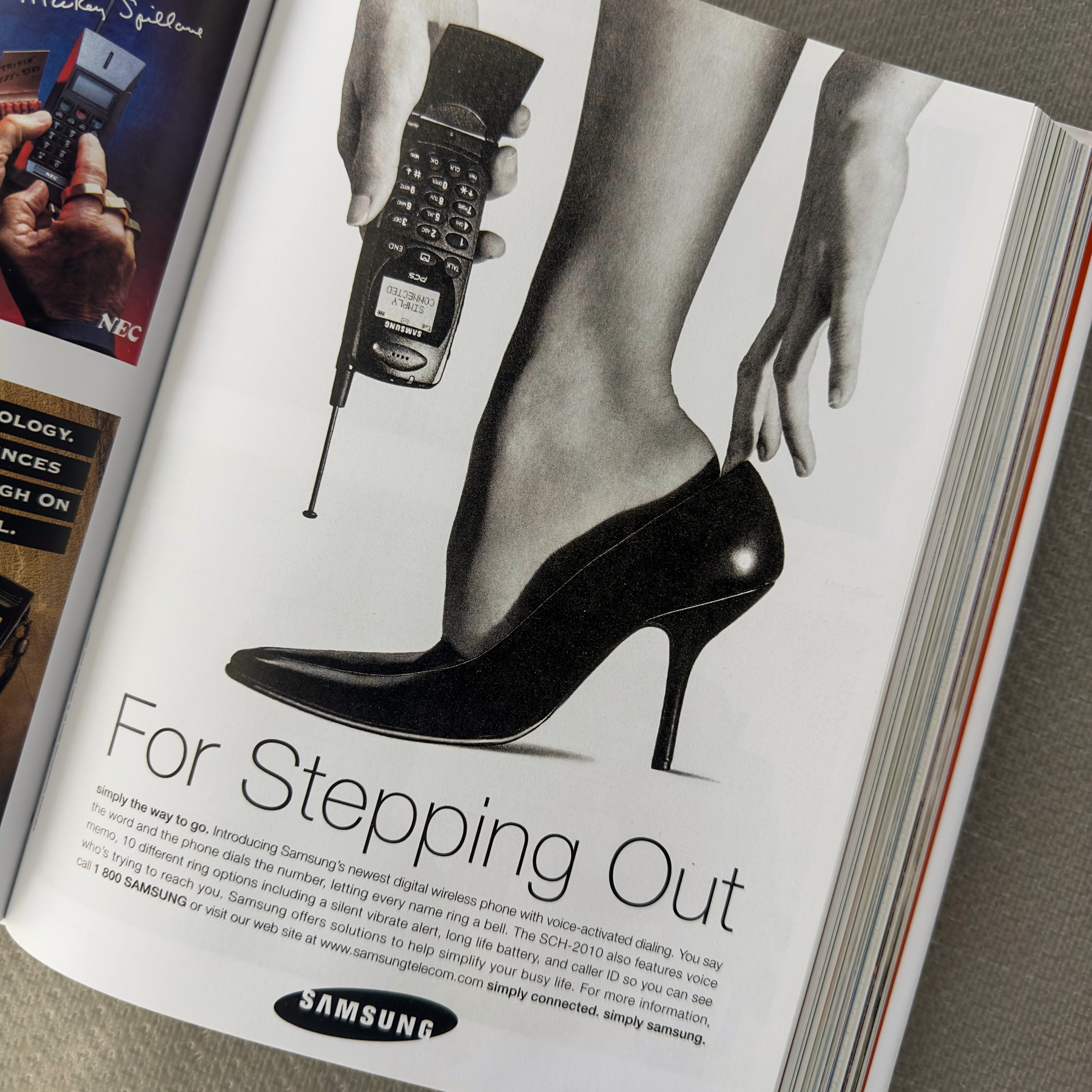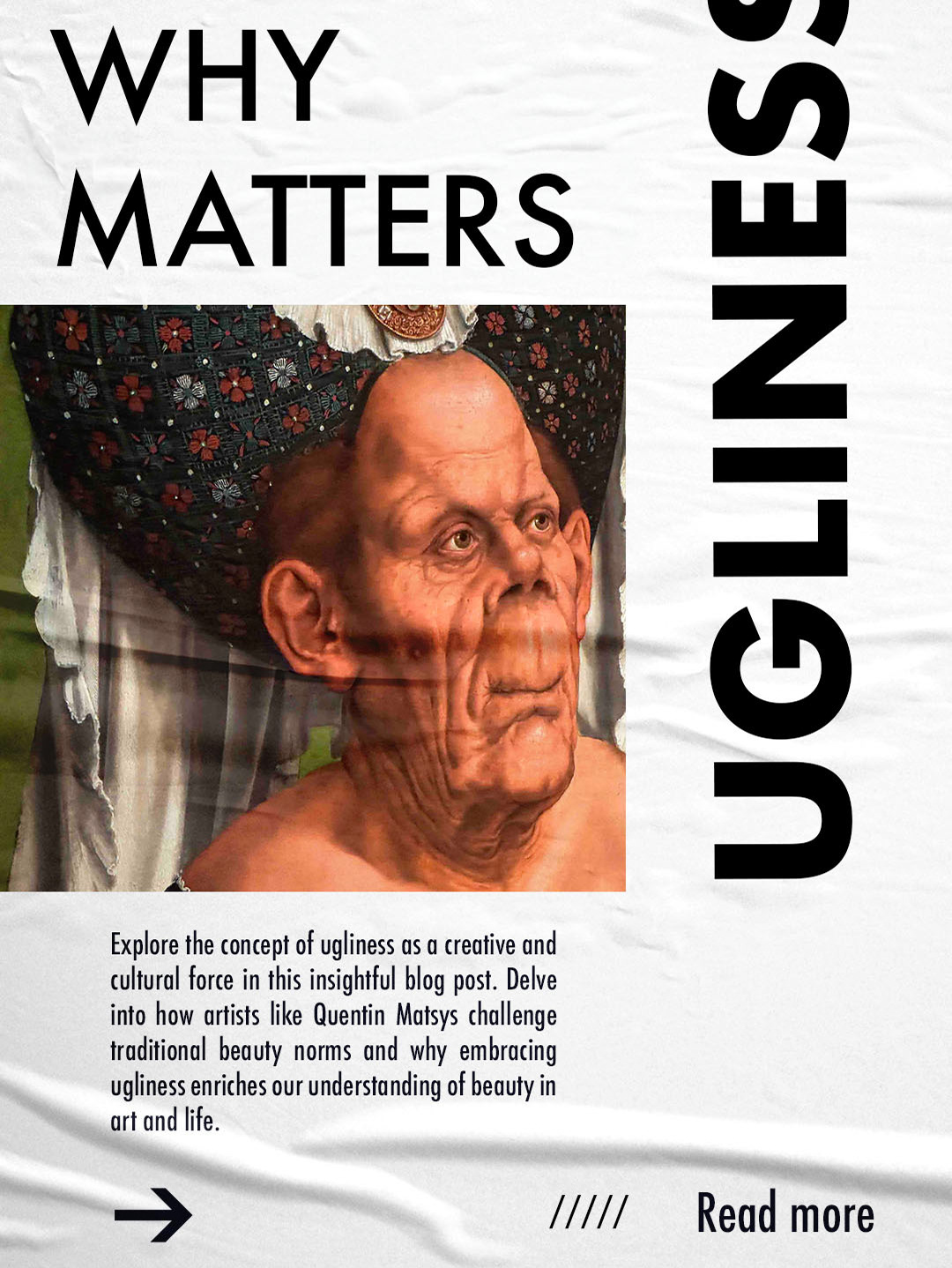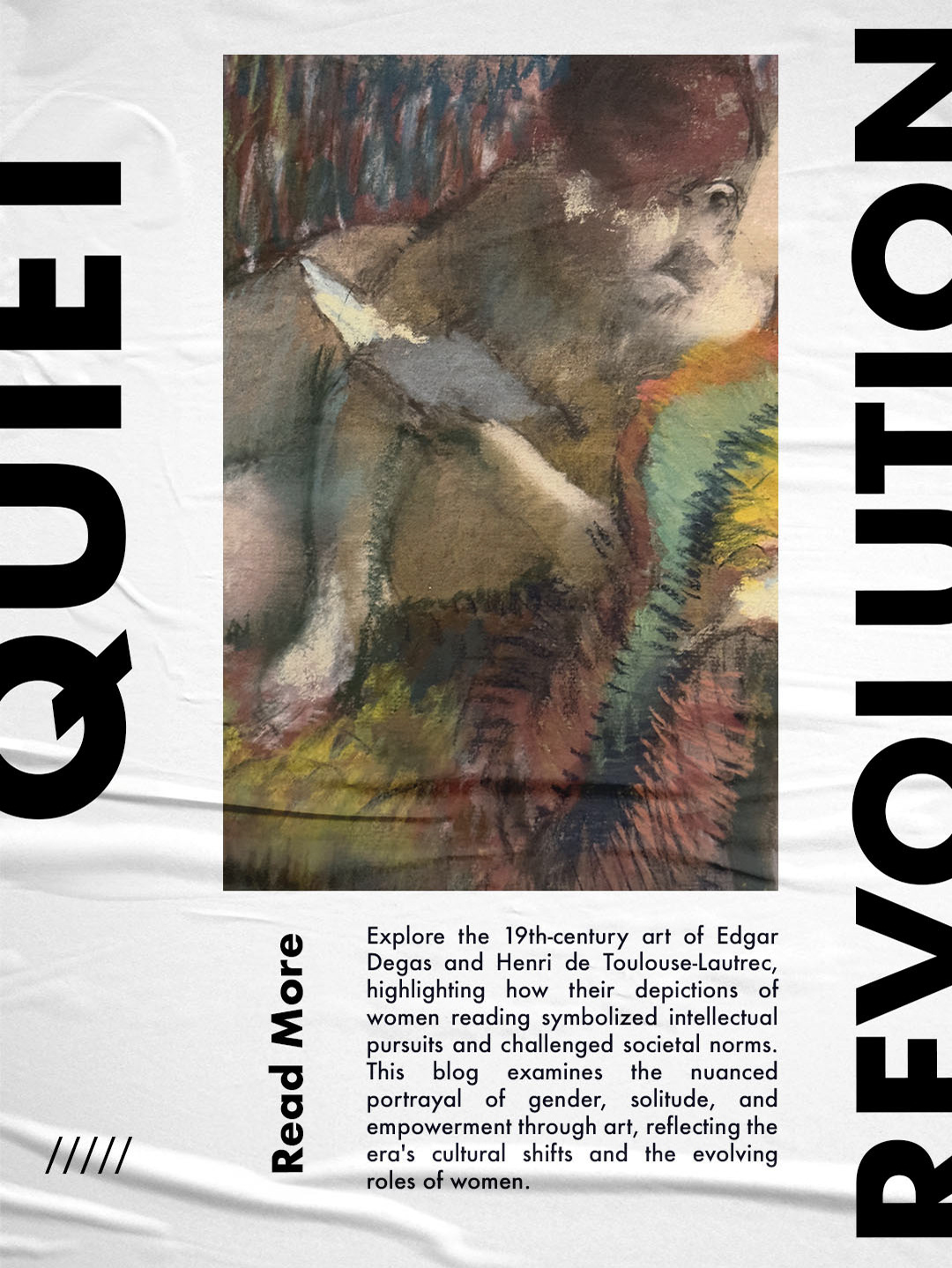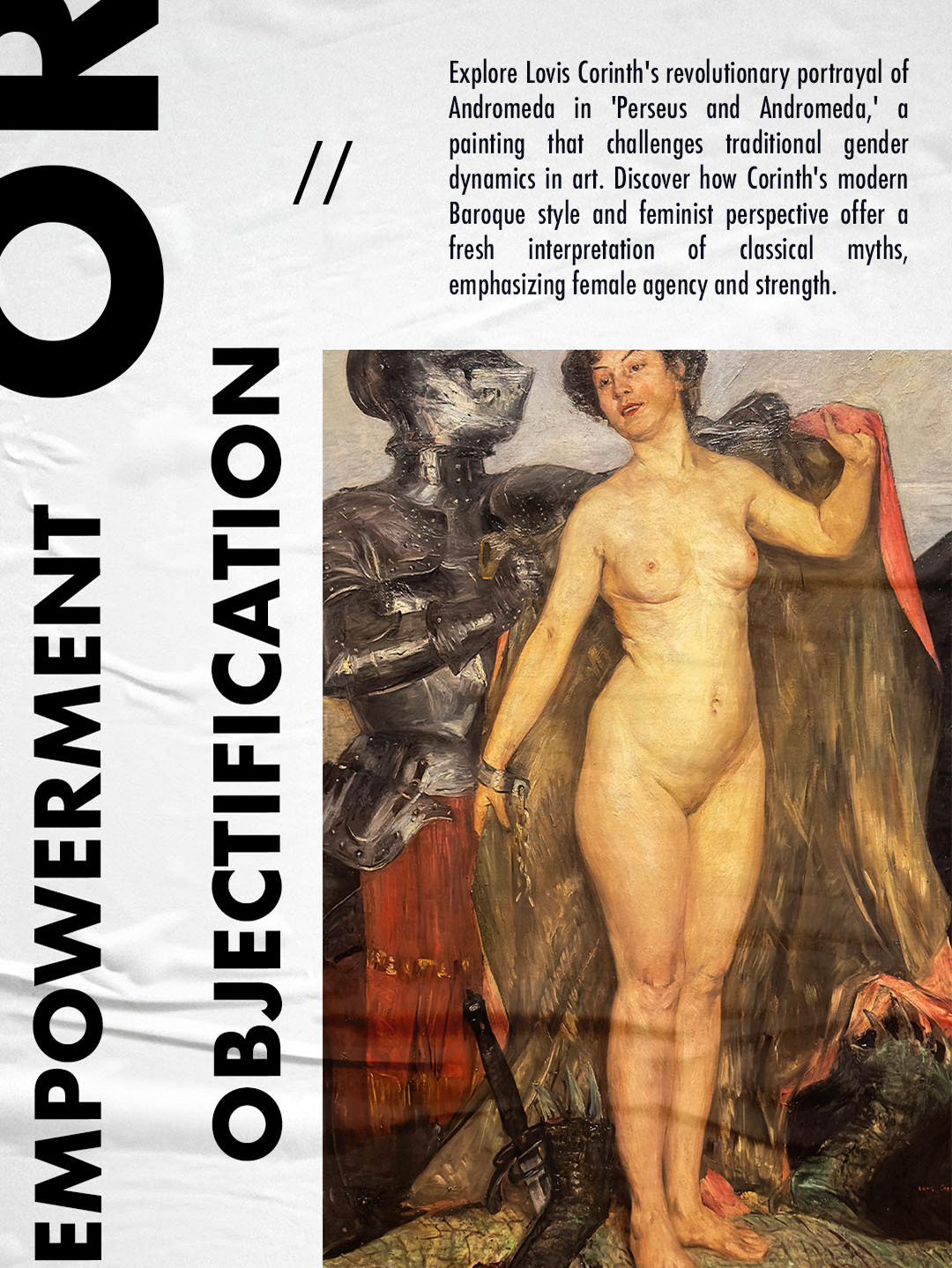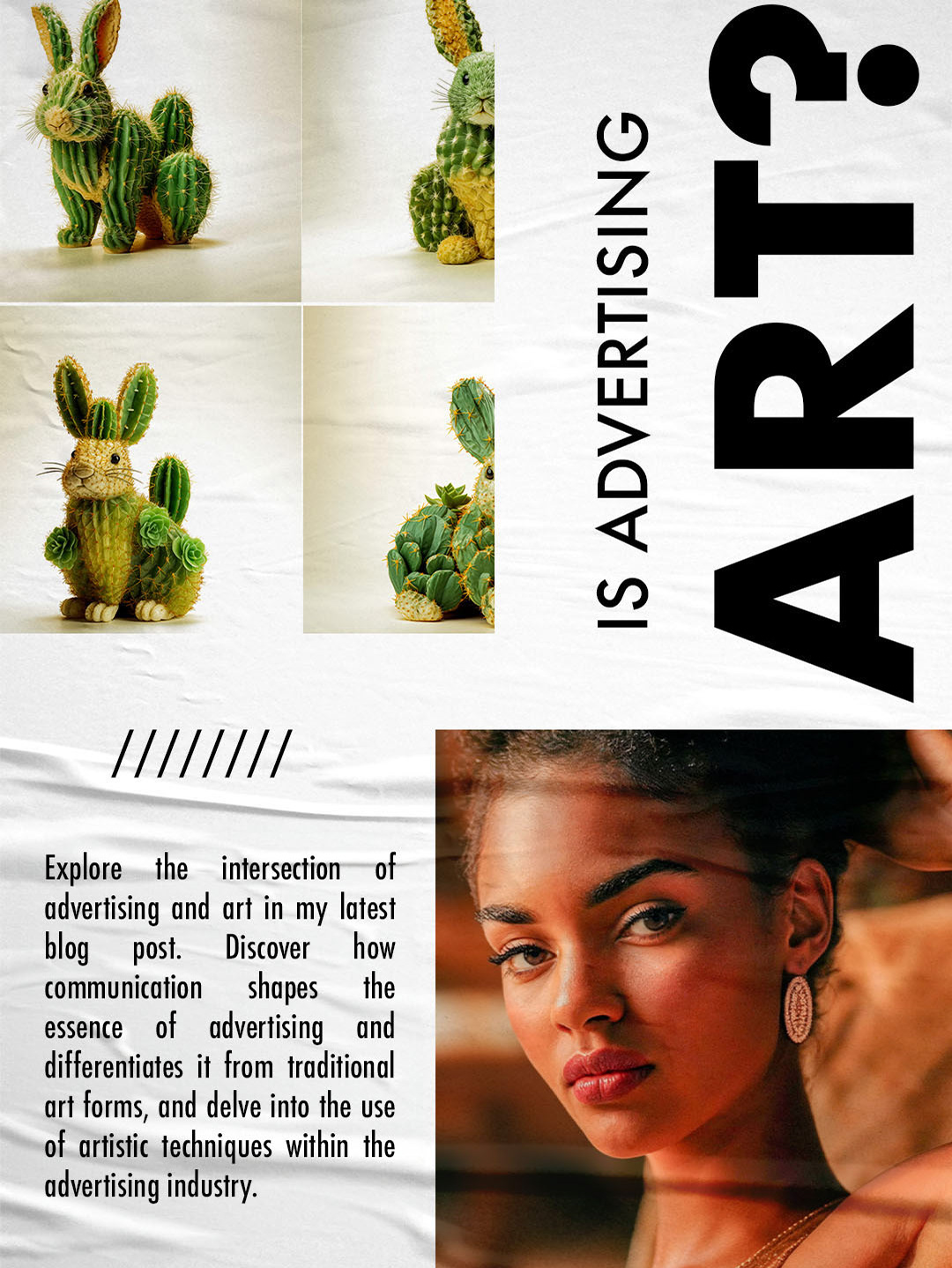
Budweiser, 1990

Bass Ale, 1997
Introduction
In an age where diversity and inclusion are at the forefront of societal progress, the advertising industry still grapples with the shadows of gender stereotypes. These stereotypes not only shape public perception but also seep into the subconscious, influencing individual self-worth and cultural expectations. Despite significant strides in understanding gender roles, advertising often clings to outdated portrayals that pigeonhole men and women into narrow identities. This begs the question: Is it time for advertising to redefine its narrative on gender, and what impact could this have on society?
The Enduring Grip of Gender Stereotypes
Gender stereotypes in advertising are not mere vestiges of a bygone era; they are pervasive and potent forces that continue to mold societal norms. Women are frequently depicted as passive, emotional, and confined to domestic spaces, while men are portrayed as assertive, resilient, and dominant in professional realms. These representations do more than sell products—they reinforce a limited worldview that restricts both genders.
Consider the countless commercials where women are shown obsessing over household cleanliness or beauty products, and men are associated with power tools or financial success. Such imagery not only narrows the roles available to individuals but also perpetuates a cycle where these stereotypes become self-fulfilling prophecies.
Kahlua, 1999
The Societal Ripple Effect
The implications of these stereotypes extend far beyond the screen. For children and adolescents, media serves as a powerful teacher. When young minds are consistently exposed to gendered advertising, they internalize these messages, which can shape their ambitions, interests, and perceptions of self-worth. A girl who rarely sees women portrayed as scientists or leaders may subconsciously limit her own aspirations. Similarly, a boy who doesn't see men expressing vulnerability might suppress his own emotions.
Moreover, these stereotypes contribute to systemic issues like the gender pay gap and the underrepresentation of women in leadership positions. By normalizing the idea that certain roles or traits are inherently tied to one's gender, advertising reinforces barriers that many are striving to dismantle.
Ethical Dilemmas and Corporate Responsibility
At the heart of this issue lies a profound ethical question: Should advertisers bear the responsibility of challenging societal norms rather than reinforcing them? On one hand, some argue that the primary goal of advertising is to sell products, not to enact social change. On the other, there's a growing belief that with influence comes responsibility.
Advertisers wield significant power in shaping cultural narratives. By choosing to either perpetuate or challenge stereotypes, they play a pivotal role in either hindering or advancing societal progress. Ethically, embracing diversity and breaking down harmful stereotypes align with fostering a more equitable society.

Jacuzzi, 1999
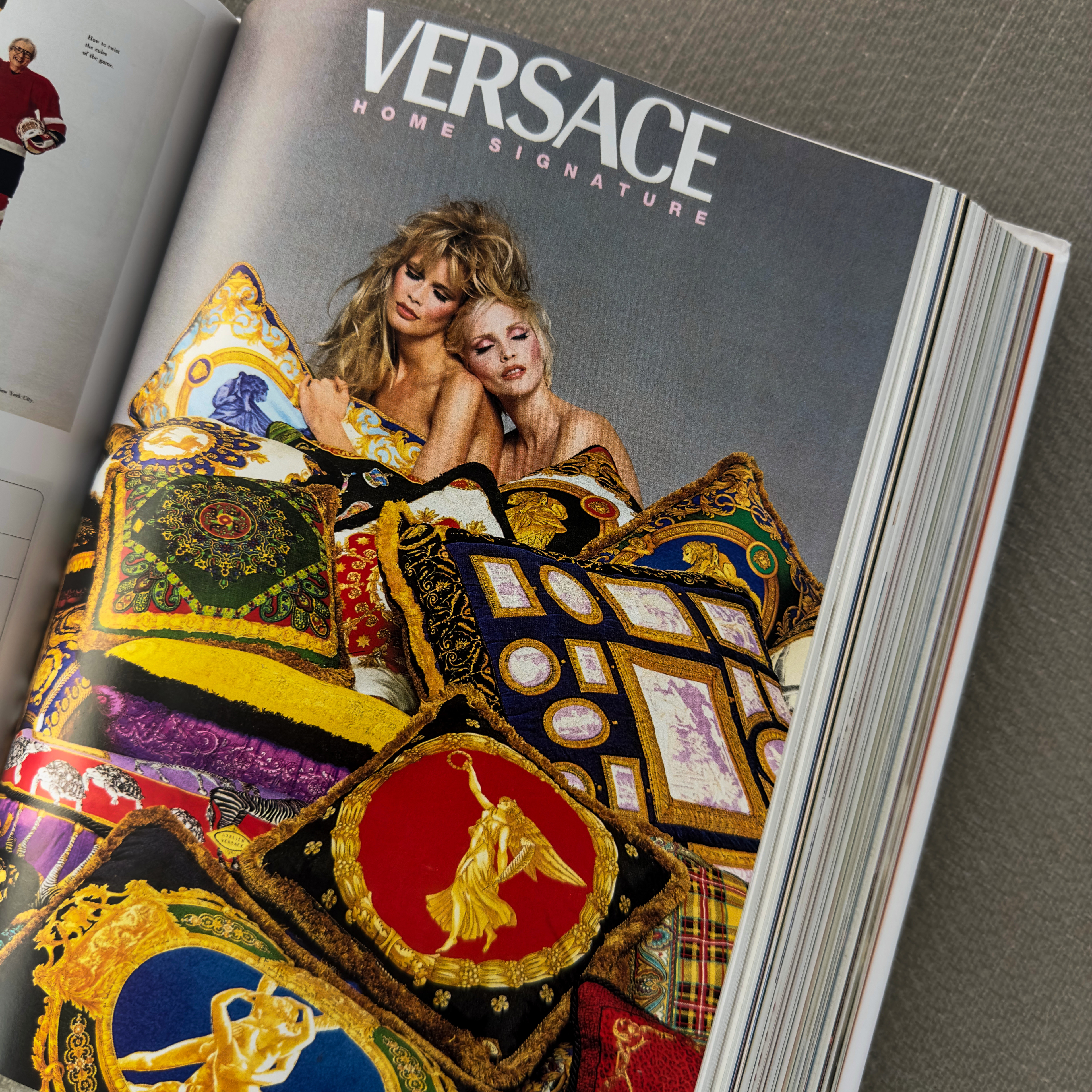
Versace, 1995
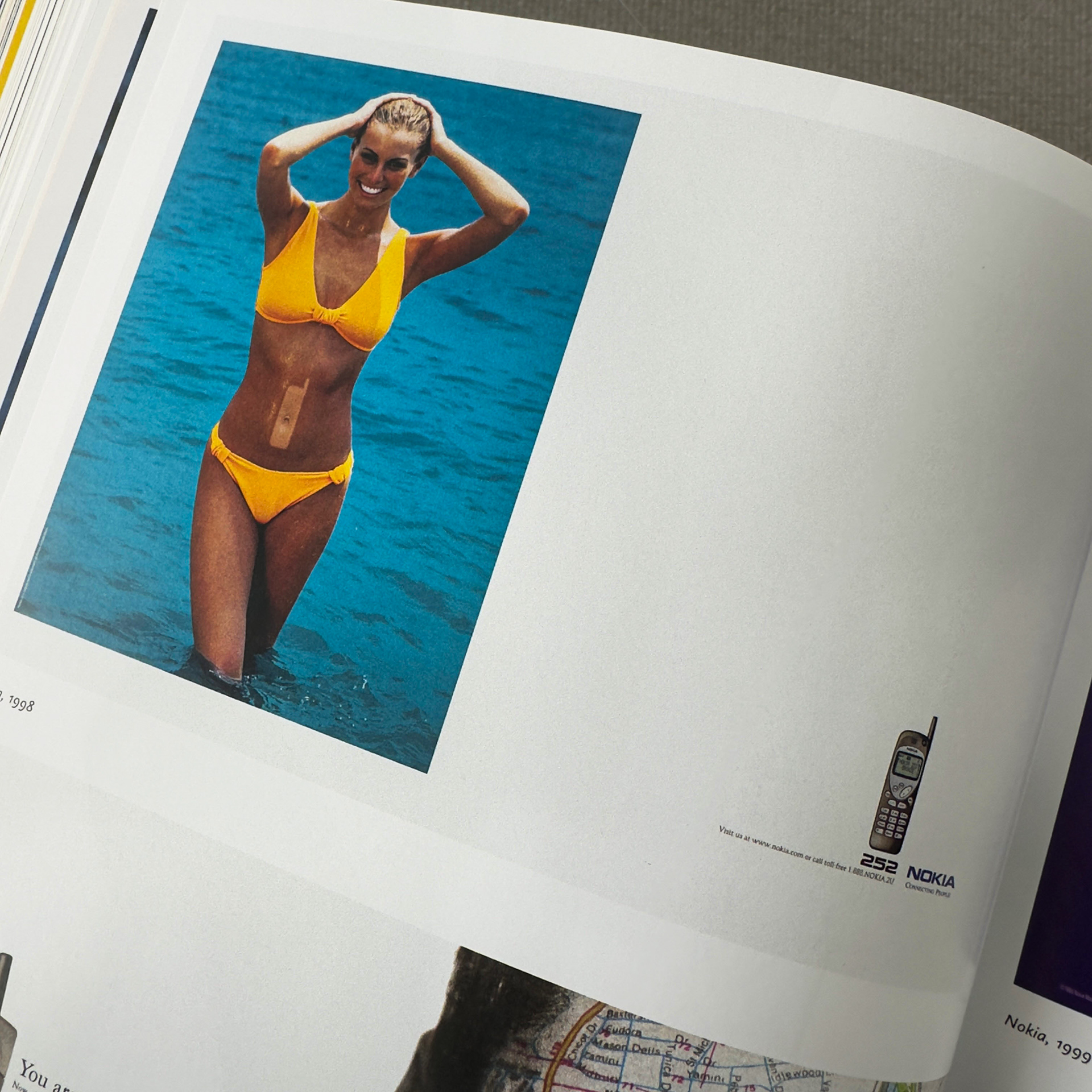
Nokia,1998

Lycos.com, 1998
Exploring Alternative Approaches
So, what can advertisers do differently? One option is to adopt a more nuanced portrayal of gender, showcasing individuals in roles that defy traditional expectations. This doesn't mean erasing gender from advertising but rather enriching the narrative to include a spectrum of identities and experiences.
For instance, campaigns that feature women in STEM fields or men as nurturing caregivers can challenge existing norms and inspire audiences. Some brands have successfully embraced this approach, creating impactful messages that resonate with a modern audience seeking authenticity and inclusivity.
However, this path is not without its challenges. Advertisers must navigate the fine line between genuine representation and tokenism. There's also the risk of backlash from audiences resistant to change. Yet, the potential benefits—both ethically and commercially—may outweigh these obstacles.
Engaging the Audience in Critical Thought
As consumers, we also have a role to play. By critically evaluating the media we consume and supporting brands that promote inclusive messaging, we can drive demand for more responsible advertising. It's worth pondering: How do the ads we see influence our perceptions of ourselves and others? Are we complicit in perpetuating stereotypes by passively accepting them?
Conclusion
The persistence of gender stereotypes in advertising is a complex issue with far-reaching consequences. It challenges us to consider the ethical responsibilities of those who craft these messages and the impact on society at large. By embracing alternative approaches that celebrate diversity and challenge traditional norms, the advertising industry has the opportunity to not only reflect societal progress but to actively contribute to it.
Ultimately, the transformation requires a collective effort—from advertisers willing to take bold steps, to consumers ready to embrace and demand change. It's a journey towards an advertising landscape that doesn't just sell products but also promotes a more inclusive and equitable society.

Samsung, 1995
